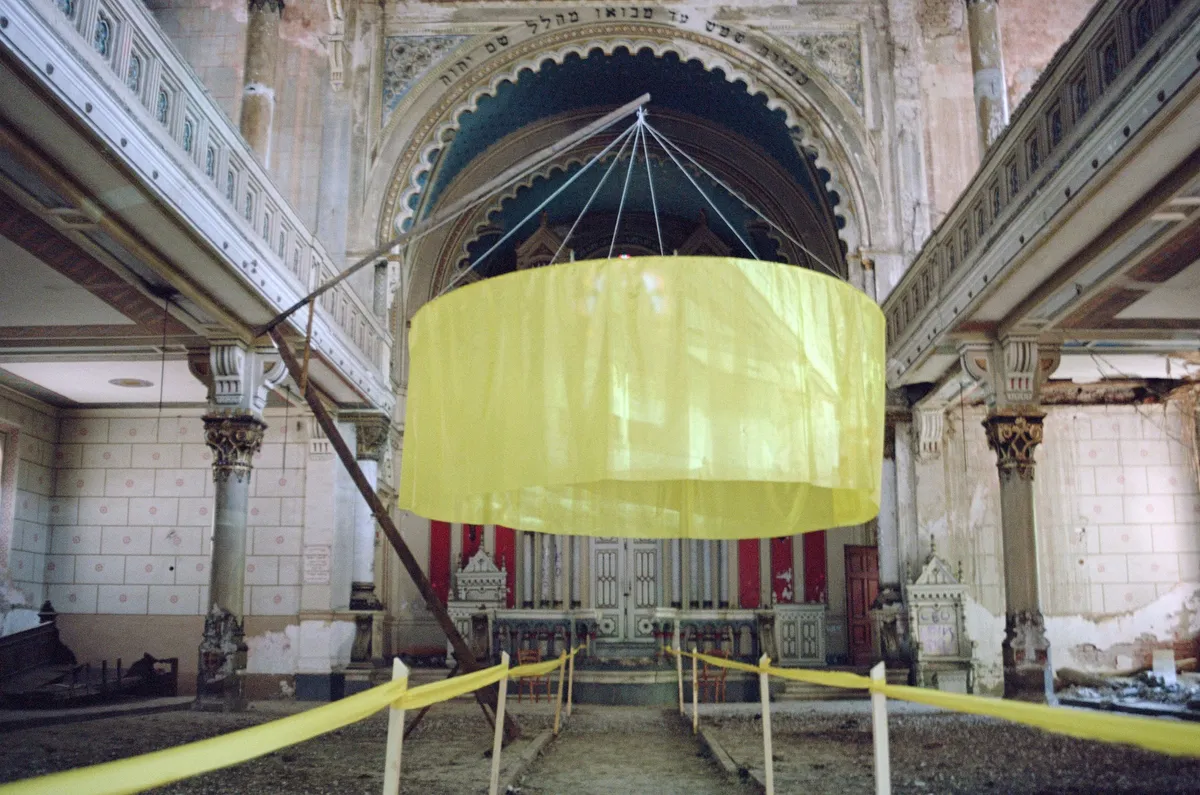
1/9

2/9

3/9

4/9

5/9

6/9

7/9

8/9

9/9

Author(s) / Team representatives
Escaladant Collective
Profession
Architects and performing artists
Collective/office
PPCM, Institutul Francez din România la Timișoara, Politopia, RDTA Studio, YA+K, La Preuve par 7
Co-authors/team members
GOUIN Alexis, GOGUET Capucine, KECHAGIOGLOU Elefthérios, KANELLOPOULOU Dimitra, ROQUE Théo, SLIMANI Amine.
External collaborators
LAJARRIGE Mathilde, LEVEQUE Gaetan, RUDEL Tilla.
Project location
Timisoara, Romania
Budget in euros
7500 €
Area
1080 sqm
Project start date
June 2022
Project completion date
Ongoing
Photo credits
SLIMANI Amine



